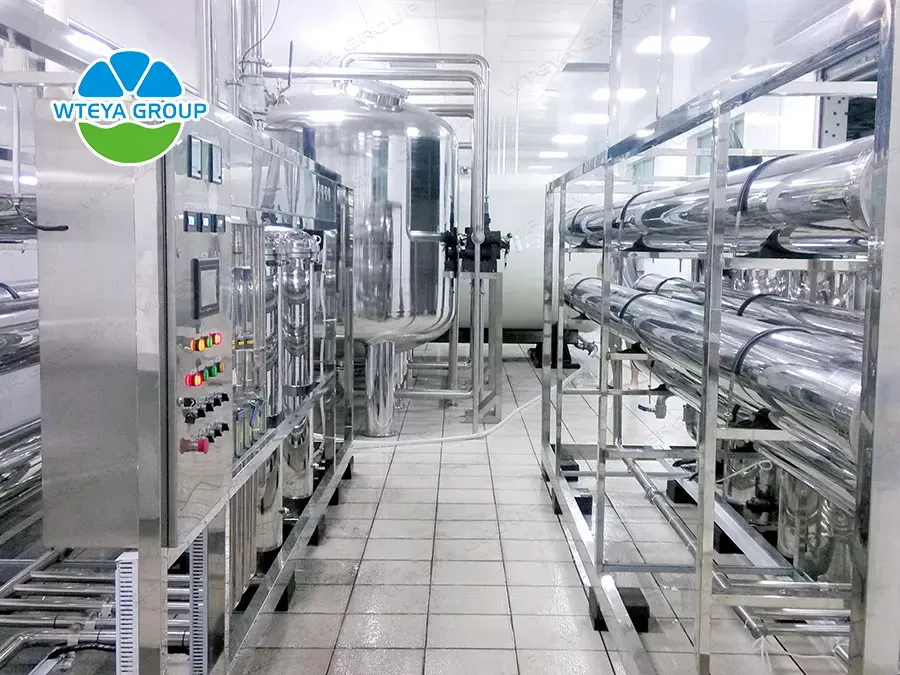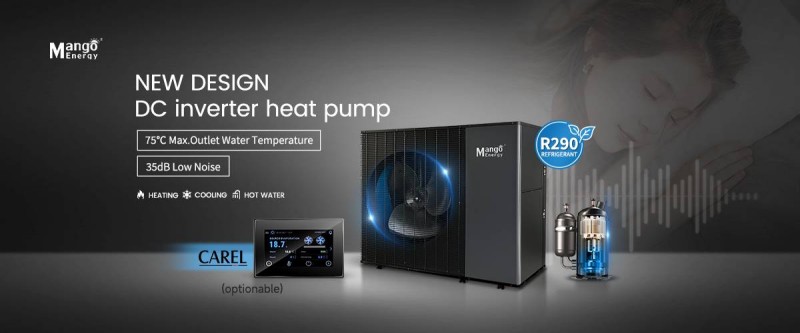The purity produced by the MVR (Mechanical Vapor Recompression) evaporation system depends on the impurity content of the raw water and the specific treatment requirements. For wastewater projects with high impurity content in the raw water, it is expensive and complicated to produce industrial-grade salt, and the salt can be treated as solid waste, thereby reducing the treatment standards.consequently mvr evaporator I also got a lot of attention and wanted to join the ranks. https://www.wteya.com/
Due to the diversity of types of salty wastewater, the steam compressor temperature rise required for different types of wastewater is also different. This leads to differences in the installed power of the system. On average, the power consumption per ton of water evaporated is between 20 and 60 kWh, and the consumption of raw steam is very small.
MVR wastewater evaporation
Key pretreatment process for MVR high-salinity wastewater evaporation
Degassing
Function: Remove oxygen, carbon dioxide, and other gases, prevent high-temperature corrosion, reduce the generation of non-condensable gases during evaporation, and improve heat transfer efficiency.
Equipment: Degassing tower
Softening
Function: Reduce the calcium and magnesium ion content in the raw water, reduce hardness, prevent scaling of heat exchange tubes, and improve heat transfer efficiency.
Equipment: Softening equipment
COD removal
Function: Remove organic matter that may adhere to the heat exchange surface or affect the quality of condensed water during evaporation.
Equipment: COD removal equipment
Preheating
Function: Use evaporated condensed water or steam to preheat raw wastewater to reduce energy consumption save energy, and maintain system heat balance.
Equipment: Preheater
MVR wastewater evaporation
MVR evaporator working process
Unlike traditional single-effect or multi-effect evaporators, the MVR system is a single-effect evaporator with the integrated energy-saving function of a multi-effect evaporation system.
Initial heat exchange:
The raw liquid is preheated by the feed pump through the condensate heat exchanger.
Evaporation and concentration:
The preheated liquid enters the forced circulation evaporator and is discharged after being concentrated to the designed concentration. If the foam is generated during the process, the defoaming agent needs to be added to eliminate the foam.

